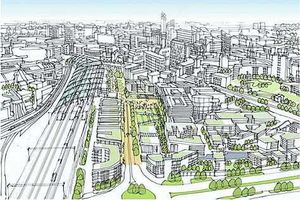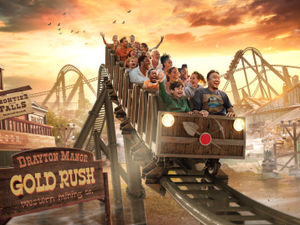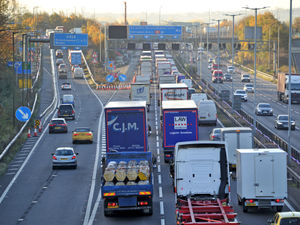First look at high speed rail station
With a sweeping glass roof over platforms next to a tree-lined street this is the first sketch of how Birmingham's new high speed rail station would look.

With a sweeping glass roof over platforms next to a tree-lined street this is the first sketch of how Birmingham's new high speed rail station would look.
It is part of the first £17 billion phase of the overall £32bn project to send 225 mph trains between London and Scotland.
The design has been released by Digbeth-based architect Glenn Howells and shows where double decker trains would enter the city centre in the Eastside area.
The Grade I listed frontage of the original Curzon Street station, dating back to 1838, will be used.
There will also be parkland, offices and flats. Mr Howells is responsible for revitalising Birmingham landmarks such as the Rotunda building by the Bullring and the Custard Factory.
The line, called HS2, is meant to slash journey times between London and Birmingham to just 49 minutes.
However that is a saving of only around 20 minutes on current timings — and is only between the capital and another new terminal which is set to be built near Birmingham International station.
Even supporters of high speed rail, including councillors in Sandwell, have begun to have doubts.
Councillor Roger Horton told a meeting of transport authority Centro last week that Black Country commuters would lose their 20 minute time saving because of having to change trains and use a mag-lev shuttle to get to the high speed terminal.
Centro chief executive Geoff Inskip said 22,000 jobs would be created and £1.5bn a year of investment would come to the West Midlands.
But critics believe it is unnecessary and would destroy swathes of the English countryside.
They say times for connecting services at Wolverhampton and Birmingham New Street will increase by 10 minutes and the number of trains stopping in the Black Country will decrease. A national consultation runs until July 29.





